Date: 5 August 2009
Denis Wright is the company’s managing director and here explains how, in an age of terrorism and environmental concern, modern steel glazing systems have come of age.Despite London being on high terrorist alert, bombers still managed to place their device just outside New Scotland Yard in central London, where it detonated shortly before 9pm, blowing out windows on the ground and first floors. The explosion was later described as sounding like the report of a cannon.Because it was late evening, the building was largely empty, and the only serious casualty was a police officer who had been on duty outside. The policeman and several other civilians with less serious injuries were taken by ambulance to Westminster and Charing Cross hospitals. However, opposite the Metropolitan Police HQ was The Rising Sun public house, filled with about 20 staff and customers. The force of the explosion shattered its glass frontage, with glass fragments badly injuring a barmaid and several customers. Miraculously, there were no fatalities.The London bombing followed other terrorist attacks in Glasgow, Liverpool and elsewhere and took place in June 1884, part of a UK-wide campaign by Irish separatists. It underlines two facts. First, that terrorism isn’t a new phenomenon and, second, that the main cause of injury in a terrorist attack is glass. In urban areas, it’s estimated that between 80-85% of all secondary blast injuries are caused by flying glass. To put that into context, in New York on 9/11, 15,500 windows were damaged within a mile of Ground Zero – nearly 9,000 within half that distance. One senior fire officer had to have 47 shards of glass removed from his eyes.Which is surprising when you look at the buildings that are slowly emerging from the ruins of Ground Zero, with 700 construction workers on the site, and 10,000 tonnes of steel and 80,000 cubic yards of concrete already laid down. Because the surprise is that the new architecture of the World Trade Center comprises 538,420 square feet of glass. That adds up to more than twelve acres.Look more closely at the plans, and glass-clad structures are set to rise all around the site where the twin towers stood. Nearby, dozens of other buildings with glass exteriors are under development or have been already completed – all clothed in weightless, luminous glass curtain walling.
It could have been so different because, immediately after 9/11, a serious option was to replace the twin towers with something akin to concrete brutalism, at least on the lower floors. After all, the thinking went, 9/11 wasn’t the first time that the twin towers had come under attack.
The first occasion was in 1993 when a car bomb was detonated below the North Tower. The 680 kg device was intended to knock the North Tower into the South Tower, bringing both towers down. It failed to do so, but did kill six people and injure many others.
In embracing glass at Ground Zero, New York has put its faith in a building material that most people probably still see as fragile and easily broken – a paradox made more profound on a site where thousands of people died and where so many windows were destroyed, even in buildings that were otherwise structurally undamaged.
However, the fact is that the glass industry has learned many lessons in recent years, and has worked in partnership with engineers, architects and scientists to overcome inherent fragilities, and create new glass and framing systems that can withstand significant explosive attack.
The engineers and architects of the new generation of glass buildings were busy long before 9/11, even before the Oklahoma City bombing in 1995. That outrage, the most significant act of terrorism on American soil until 9/11, claimed the lives of 168 victims and injured more than 680. The blast destroyed or damaged 324 buildings within a sixteen-block radius, destroyed or burned 86 cars, and shattered glass in 258 nearby buildings. (Once again, a major cause of secondary injury was flying glass).
However, it was nature, three years before Oklahoma, that first galvanised the glass industry to develop tough new glass and framing systems. Hurricane Andrew. The second most powerful Category 5 hurricane to make US landfall during the 20th century.
Hurricane Andrew first struck the Bahamas, then moved onto Florida and Louisiana, causing at least $26.5 billion in damages, and making it the costliest Atlantic hurricane in US history – until Hurricane Katrina in 2005. It may have made a lot of glaziers very happy but, fronted by the insurance industry, also led to calls for stronger, better building materials.
Of course, no facade could withstand an assault as catastrophic as that which took place on 9/11. However, against more conventional attack – be it terrorism or nature - modern specialist glazing systems can offer significant levels of protection that would have been impossible a decade ago. Companies like Wrightstyle have spent the intervening period better understanding wind loading and the blast dynamics of different kinds of attack, then building and testing systems to withstand them.
In terms of wind loading, for example, Wrightstyle systems were recently installed at HSBC’s main data hub in Hong Kong, in a building designed to balance an interior filled with natural light with an exterior envelope, in a typhoon region, able to withstand a spectrum of meteorological and man-made threats. Similar systems are also in buildings in the Middle East, Africa, Europe and the USA.
In terms of man-made threat, when a bomb detonates, it produces gases at very high temperatures. This in turn leads to rapid expansion and the creation of a shock wave travelling at speeds of up to twenty times the speed of sound. The shock wave lasts only a few millionths of a second and is then followed by an equally sudden but longer-lasting drop in pressure. It’s the enormous impact of the shock wave that shatters glass.
Unlike some glass companies who use computer modelling to simulate how a glazing system will perform, our approach has been more basic and, in our biggest test, involved our structurally-glazed system being subjected to the equivalent of 500 kilos of TNT, acknowledged as an average-sized lorry bomb. The independent, and successful, test took place within a specialist and high-security RAF base in the north of England.
The real paradox is that, in an age of terrorism, glass has again become the building material of choice because, conversely, architects are also looking to introduce more daylight into buildings and to reduce energy consumption and carbon emissions.
We’re therefore not only living in an age of terrorism but in one where sustainability and environmental responsibility are also key design criteria, and recent advances in glass technology now mean that glass, uniquely, is able to offer crystalline transparency, a high level of protection – and environmental benefits.
1 World Trade Center, formerly known as the Freedom Tower, is the main building of the new World Trade Center. The roof of the top floor will be 1,368 feet (417 m) high, the same height as the original One World Trade Center, and if its spire and antenna are added, 1 World Trade Center will stand at a symbolic 1,776 feet (541 m), marking the year 1776 when the American Declaration of Independence was signed. According to the developers “it will serve as a beacon of freedom, and demonstrate the resolve of the United States, and the people of New York City.”
That beacon, from the ground floor upwards, will be clad in glass – a symbol that, from 9/11 to the Freedom Tower, glass has now overcome its frailties and, in an age of uncertainty, is able now to demonstrate that it is part of a new architecture of hope - an architecture where we can once again design buildings to inspire us.
Ends
For further technical information, please contact Lee Coates
+44 (0) 1380 722 239
For further media information, please contact
Charlie Laidlaw, David Gray PR
+44 (0) 1620 844736 or (mobile) +44 (0) 7890 396518
For more information on Wrightstyle you can visit the company at www.wrightstyle.co.uk


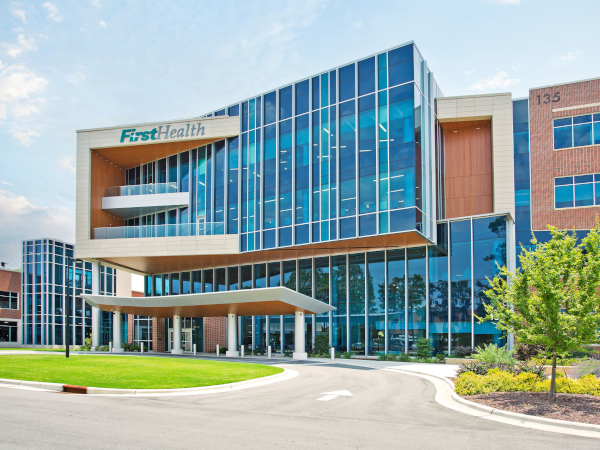
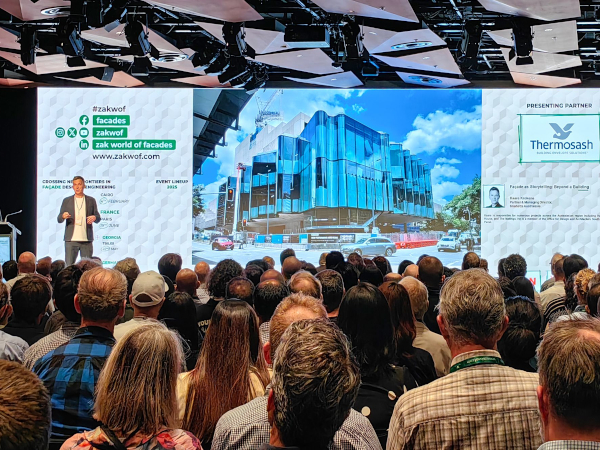
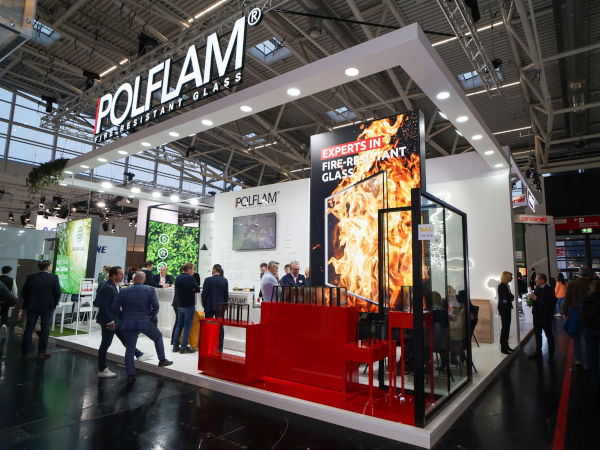
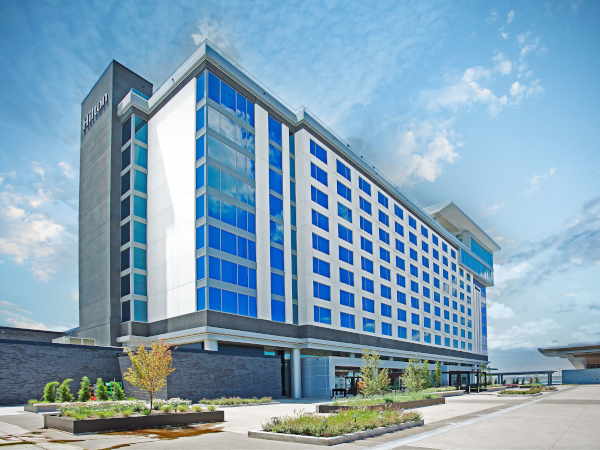







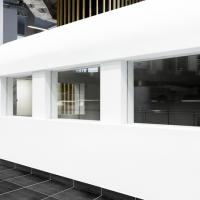
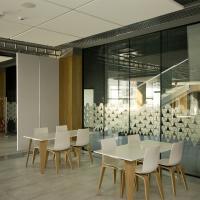
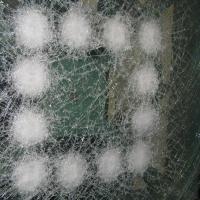
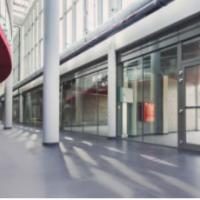
Add new comment